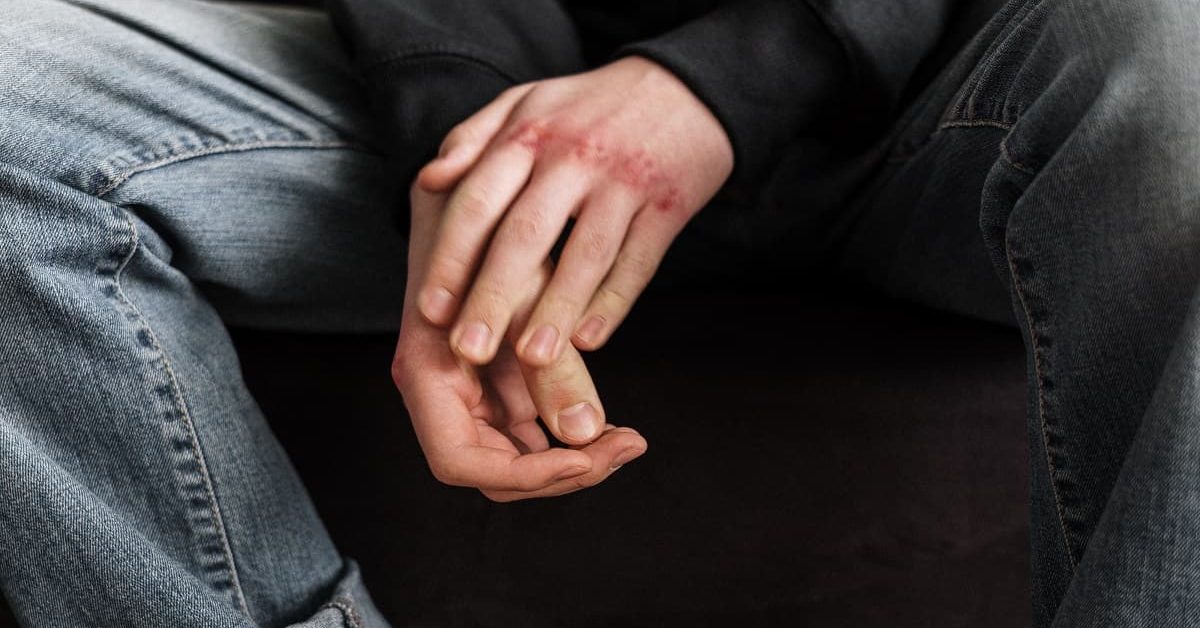Boxing Injuries List
- December 29, 2022
- TFG Team
- Boxing
Boxing is a physical contact sport that has been enjoyed by many people around the world. Despite its popularity, it also carries a risk of injury. Generally, boxing injuries are classified into three categories: cuts, concussions, and other overuse injuries.
Cuts can occur from punches to the face or body, while concussions may occur when a boxer is hit with a hard punch on the head. Overuse injuries include shoulder or wrist pain from repetitive motions, as well as foot and ankle injuries caused by quick movement.
In this article, we will discuss the types of boxing injuries and how to prevent them. We will also provide tips on how to treat them if they occur.
Table of Contents

Worst Boxing Injuries
It doesn’t matter if you treat boxing as a sport or a hobby, the risk of serious injury is ever present. The worst injuries involve trauma to the brain, which can lead to long-term neurological disorders or even death. Below are a few of the most serious boxing injuries:
Concussion
A concussion occurs when a boxer takes a hard hit to the head, causing trauma to the brain. The most serious symptom of a concussion is loss of consciousness, though other symptoms such as confusion, dizziness, and headache can also occur.
Treatment usually involves rest, avoiding any physical activity while healing, and treatment with pain medications or anti-inflammatory medications.
Cuts
Cuts are one of the most common boxing injuries, typically caused by punches to the face or body. These cuts can range in severity from minor scrapes to deep lacerations that require stitches. Treatment usually involves cleaning and bandaging the cut, as well as using an antibiotic ointment to reduce infection risk.
Wrist Injury
Wrist injuries in boxing are caused by repetitive motions and can lead to pain or even fractures in the wrist bones. Treatment depends on the severity of the injury but may involve rest, icing, compressive bandages, braces, physical therapy, and surgery.
Foot and Ankle Injuries
Quick movement during a match can cause a boxer to roll or sprain their ankle. Treatment usually involves rest, ice, compression, and elevation of the affected area. Surgery may be necessary for more severe sprains and fractures.
Head Injuries
Head and neck injuries can occur from punches to the head or body. These injuries range from minor bruises to more serious concussions, skull fractures, and brain damage. Treatment usually depends on the severity of the injury but may include rest, pain medications, physical therapy, and in some cases surgery.
Eye Injury
Eye injuries in boxing can range from minor scratches to serious damage and blindness. These can be caused by punches, as well as by headgear that does not fit properly. Treatment usually involves cleaning and bandaging the eye, as well as using an antibiotic ointment to reduce infection risk. In more serious cases, surgery may be necessary.
Elbow Injury
Elbow injuries, such as tennis elbow, can be caused by repetitive motions in boxing. Elbow pain is definitely something you should not ignore, as it can worsen over time. Treatment usually involves rest, icing, compressive bandages, braces, physical therapy, and sometimes surgery.
Nose Injury
Nose injuries can range from minor scrapes to fractures caused by punches. Treatment usually involves cleaning and bandaging the nose, as well as using an antibiotic ointment to reduce infection risk. In more serious cases, surgery may be necessary.
Shoulder Injury
Shoulder injuries can occur from repetitive motions, such as punching or blocking punches. Treatment usually involves rest, icing, compressive bandages, physical therapy, and sometimes surgery.
As boxing can be dangerous if not performed safely, it is important to take steps to prevent boxing injuries. Here are some tips on how to stay safe when boxing:
How to Prevent These Injuries
Make Sure to Warm Up and Stretch
Boxing injuries can be prevented by properly warming up and stretching before every match and session. This helps to loosen the muscles and prepare them for the physical activity ahead. Moreover, it is important to use proper techniques when training and fighting, as poor form can increase the risk of injury.
Wear a Safety Gear
Additionally, wearing the correct safety gear is essential to protecting yourself from injury. This includes headgear, gloves, mouthguards, and protective cups. Also, using hand wraps and bandages on the feet can help to provide support and prevent injuries. Check out the full boxing equipment list.
Stay Hydrated
Make sure to stay hydrated during your match and take breaks if needed. Dehydration can lead to fatigue, which in turn increases the risk of injury.
Make Sure the Ring or Area is Safe
It is also important to make sure that the ring or training space is safe and well-maintained. This includes making sure the mats are not too slippery and that there is enough space to move around without hitting anything.
Having Proper Medical Attention
It is important to have proper medical attention if you do suffer an injury. This includes seeking professional help from a doctor or other health care provider.
Train at the Right Level
Finally, it is important to train at the right level for your abilities. Pushing yourself too hard can lead to exhaustion and overtraining, which can put you at risk of injury.
Conclusion
Boxing is an exciting and challenging sport. However, it is important to be aware of the potential injuries that can occur. By following these tips and taking the necessary precautions, you can help reduce the risk of sustaining an injury.
By properly warming up and stretching, wearing the correct safety gear, staying hydrated, making sure the ring or area is safe and having proper medical attention when needed, you can help to ensure that you are safe and able to enjoy the sport.




